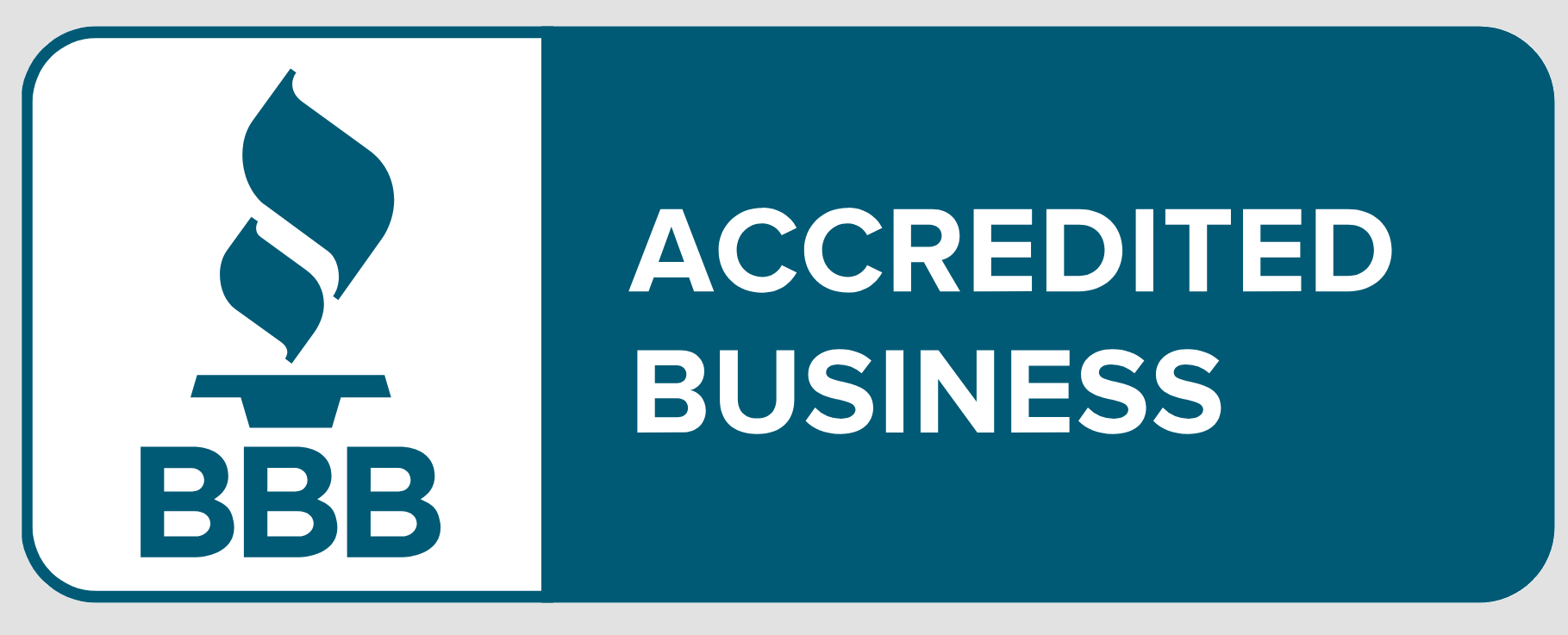How to Troubleshoot a Broken Garage Door
Garage door issues can be a significant inconvenience, but before you call for professional garage door repairs, there are several steps you can take to diagnose and potentially fix the issue yourself. In this guide, we provide a comprehensive approach to troubleshooting a broken garage door, helping you identify common problems and solutions.
Safety Precautions Before Starting Garage Door Repairs
Before diving into troubleshooting, it’s crucial to perform an initial inspection and ensure safety. Disconnect the power source from the garage door opener to prevent accidental operation. Visually inspect the door, switch, springs, cables, tracks, and other components for any obvious signs of damage, tension, or wear.
Checking the Garage Door Opener
Start by examining the opener. Ensure the opener is plugged in and that the circuit breaker or fuse controlling the opener isn’t tripped. Test the remote control button and wall switch to see if they activate the door. Replace the batteries in the remote control if necessary. If the door still doesn’t respond, inspect the opener’s sensors and alignment.
Inspecting the Garage Door Tracks and Rollers
Next, examine the tracks and rollers. Ensure the tracks are free from debris and obstructions. Use a level to check if the tracks are aligned correctly. If you notice any bends or misalignment, use a rubber mallet or a piece of wood to gently tap them back into place. Inspect the rollers for wear and lubricate them with a silicone-based lubricant if they appear dry.
Evaluating the Garage Door Springs and Cables
The springs and cables are critical components of your door. Look for any signs of wear, fraying, or breakage in the garage door cables. If you notice broken springs or they appear to be under excessive tension, do not attempt to repair or replace them yourself, as this can be extremely dangerous. Instead, contact a garage door professional like 4 Sons.
Testing the Balance and Alignment
To test the balance, disconnect the opener, manually lift the door halfway, and release it. If the door stays in place, it is balanced correctly. If it falls or rises, the door is out of balance and may need adjustment. Additionally, check the alignment of the sensors located at the bottom of the tracks. Clean any dirt or debris obstructing the safety sensors and ensure they are aligned correctly.
Checking the Hardware
Loose or worn hardware can cause your door to malfunction. Inspect all bolts, screws, brackets, and hinges for tightness and wear. Tighten any loose bolts and replace any damaged hardware. Pay special attention to the brackets holding the tracks to the wall and ceiling, ensuring they are secure.
Lubricant for Moving Parts
Proper lubrication is essential for smooth operation. Lubricate the springs, hinges, rollers, and tracks with a high-quality silicone-based lubricant. Avoid using grease or oil, as these can attract dirt and debris, leading to further issues.
Final Testing
After completing the above steps, reconnect the power to the opener and test the door’s operation. Open and close the door several times to ensure it moves smoothly and without unusual noises. If the door still doesn’t operate correctly, it may be time to call in a garage door technician.
When to Contact 4 Sons
While DIY troubleshooting can resolve many common issues, some problems require professional expertise. If your door remains broken despite your efforts, or if you encounter dangerous components like springs or cables, it’s time to contact 4 Sons. Our experienced technicians can quickly diagnose and repair any issues, ensuring your door operates safely and efficiently.
In conclusion, while troubleshooting a broken garage door yourself can save time and money, knowing when to seek a professional garage door company is crucial. For reliable, expert assistance, trust 4 Sons to get the job done right. Contact us today for garage door services in Arizona.




